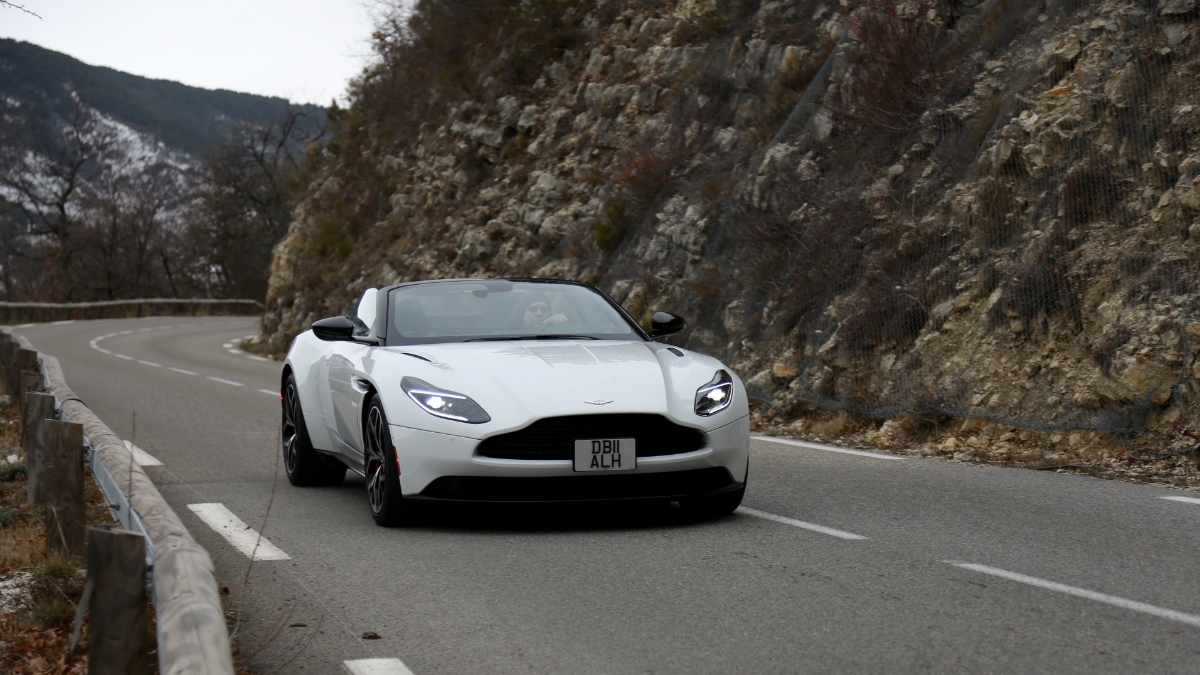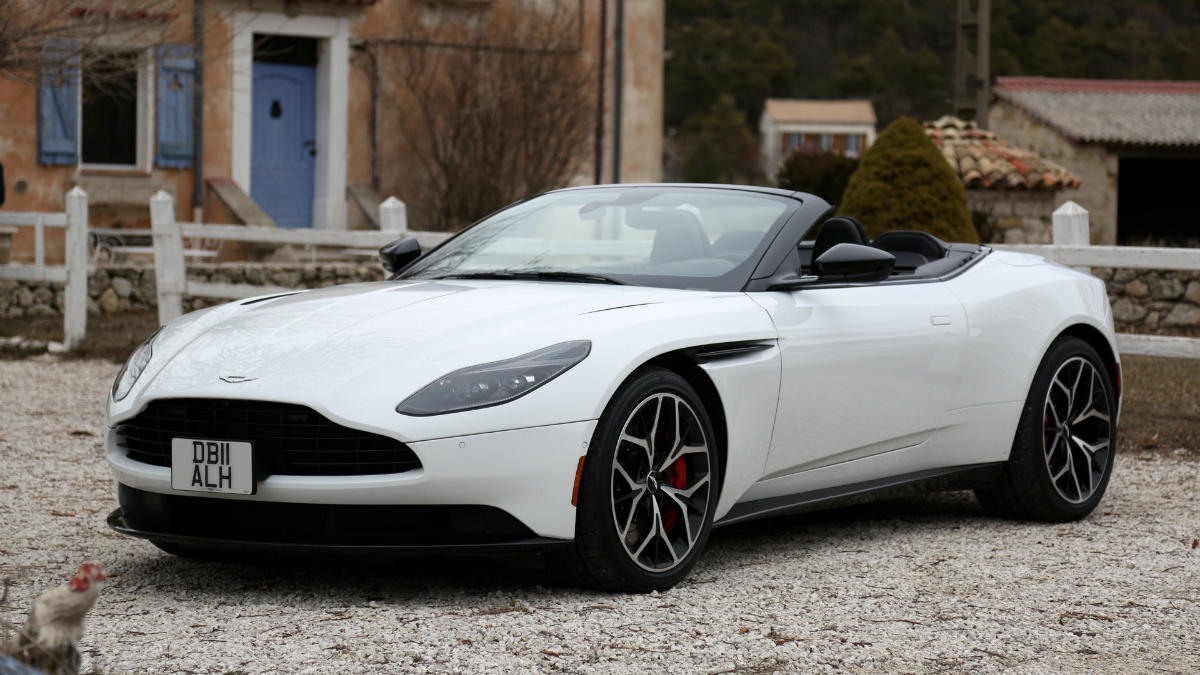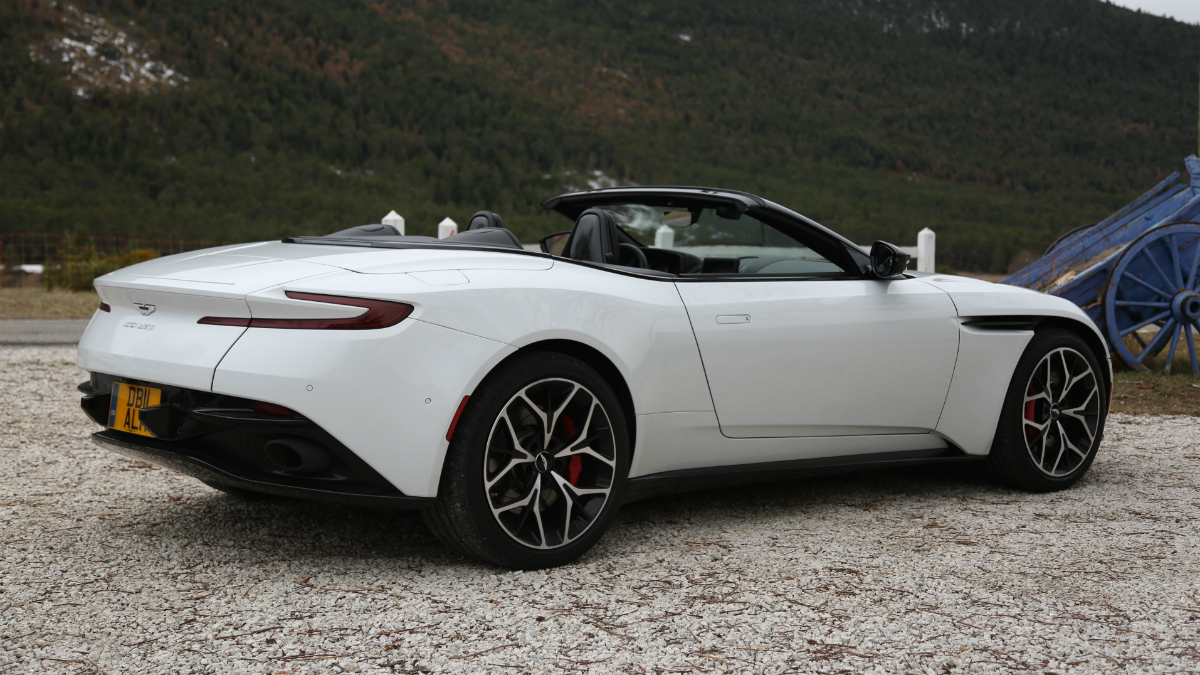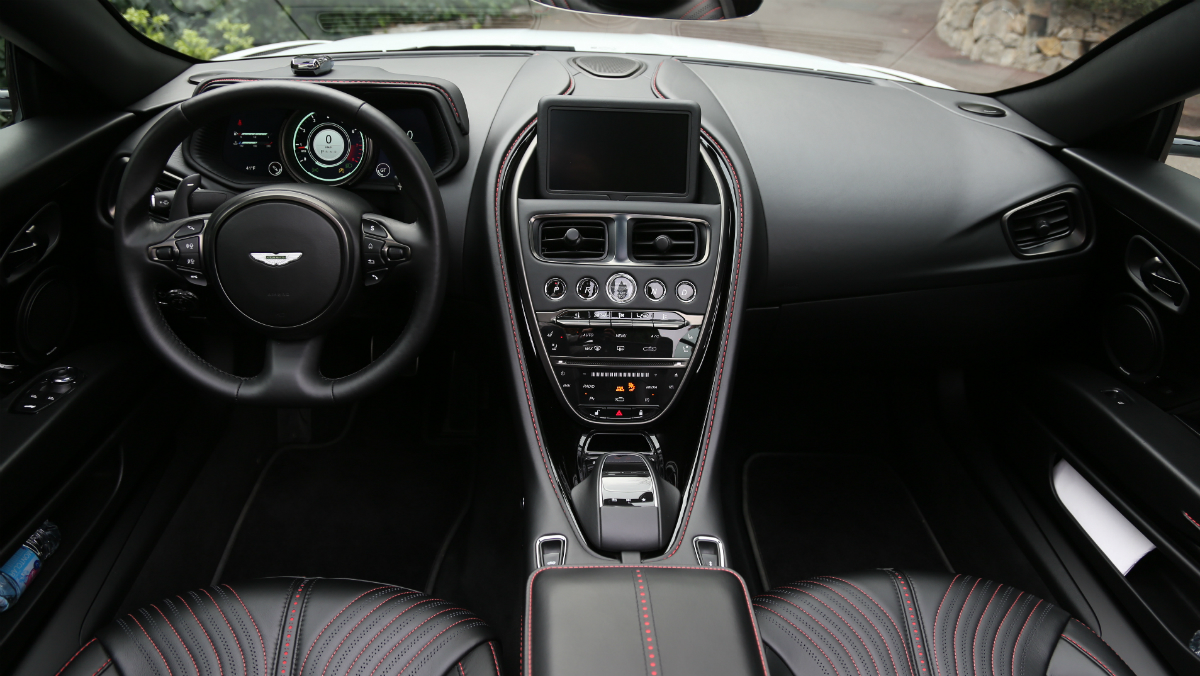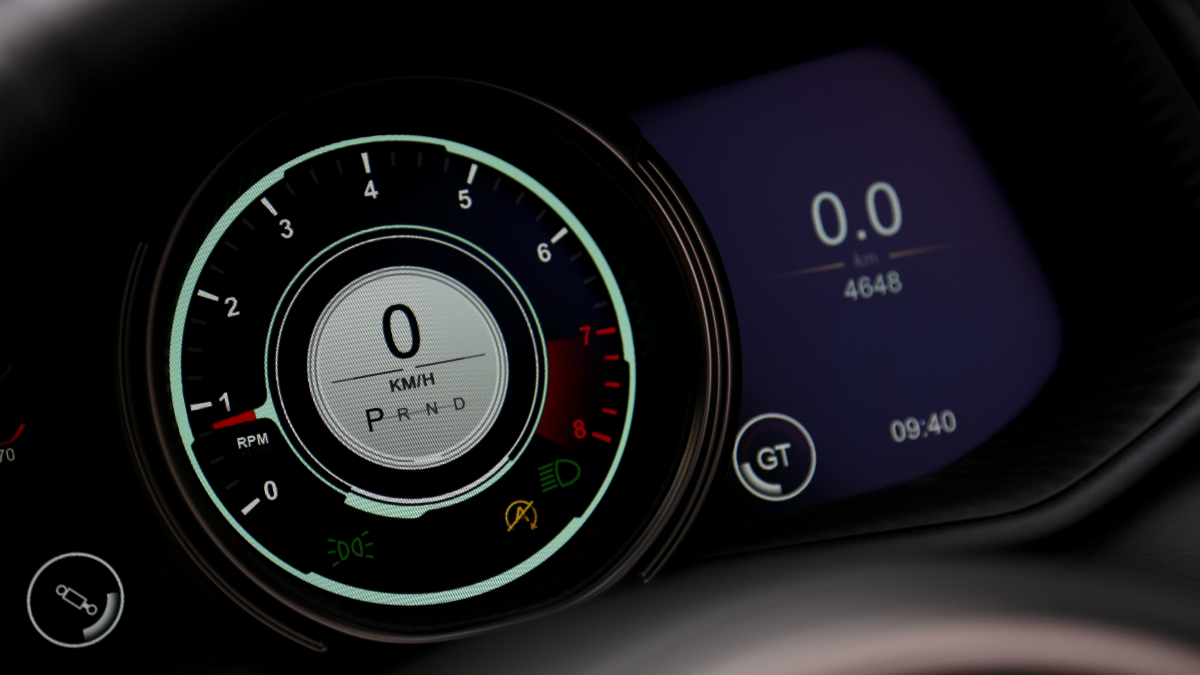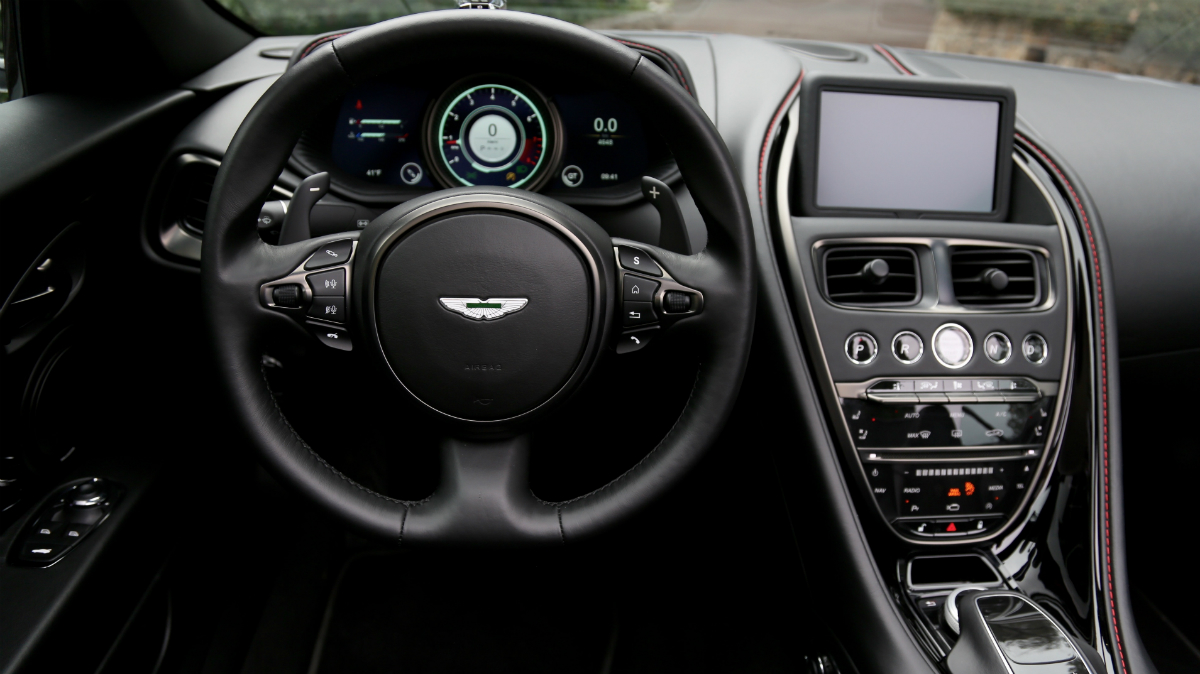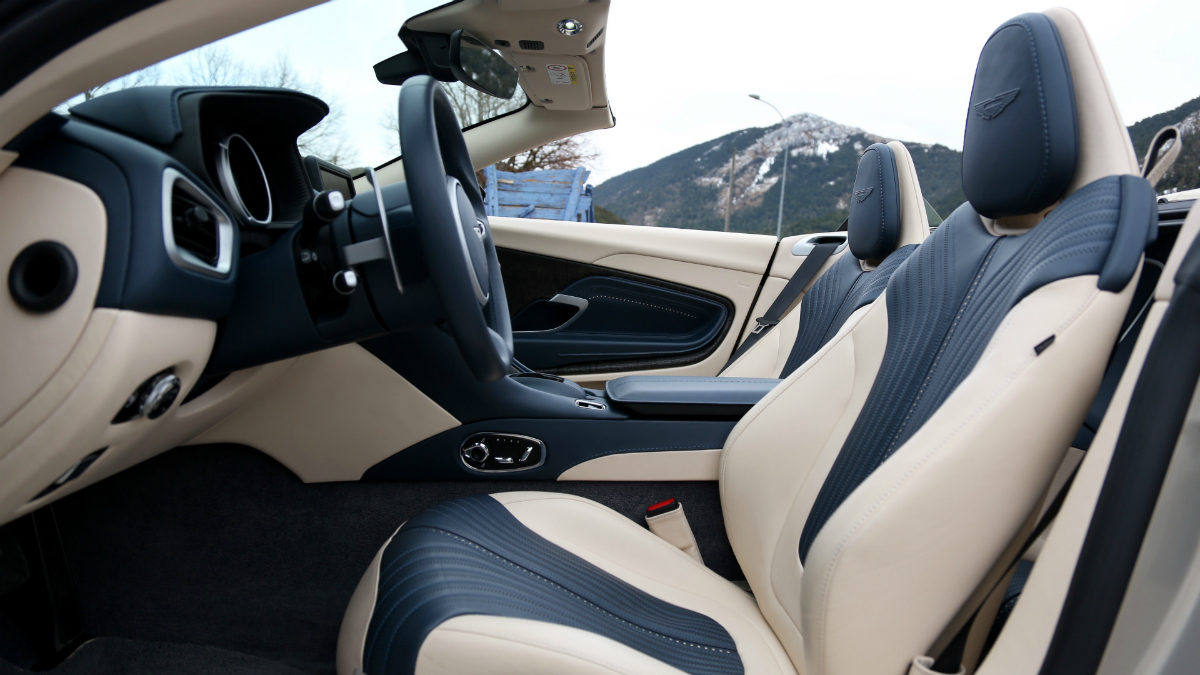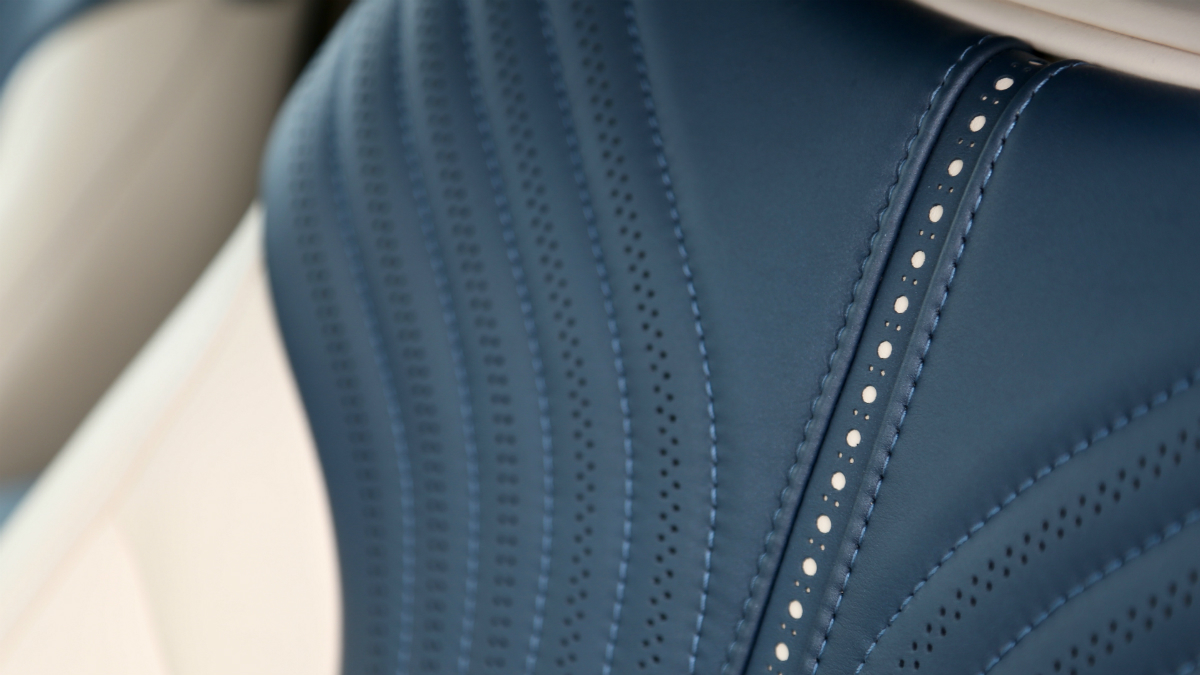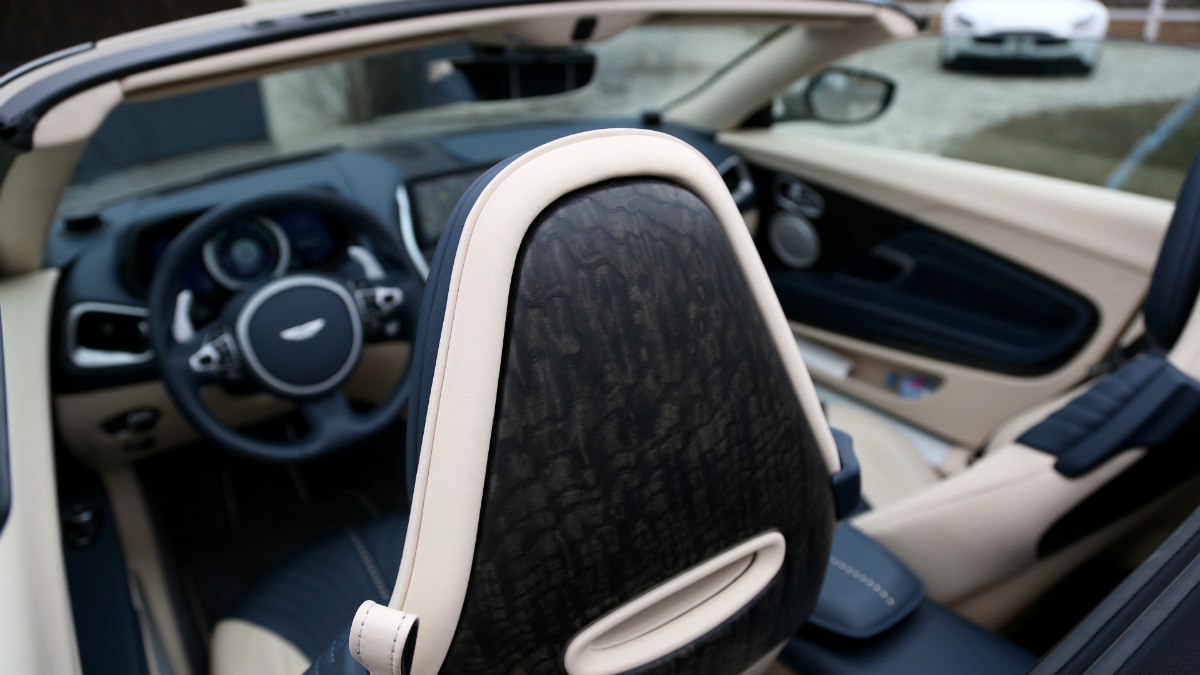Given the exotic nature of my work travel, friends and family enjoy keeping tabs on where I’ll journey next. Disclaimers about the exhaustion of 36-hour travel days and abbreviated time spent at these destinations do little to dampen their enthusiasm. It’s all harmless curiosity — until someone makes an attempt at humor.
My first drive of Aston Martin’s DB11 Volante — the convertible version of the luxury manufacturer’s grand touring (GT) belle — brings me to Nice, France. Though a decade has passed since my last visit to the coastal Mediterranean town, images of natural rock beaches, deep blue water, and colorful cafés prevail in my mind.
There are novels dedicated to the beauty of this southern French region, but my loved ones prefer bad puns. “I hear it’s always ‘nice’ in Nice,” someone would quip, moments before another would offer: “I’m sure you’ll have a ‘nice’ time there.”
Two weeks of the same tired one-liners almost tempered my excitement for the trip … almost.
My third rendezvous with Aston Martin’s DB9 successor follows an introduction to the V12 halo model in Italy and the V8 coupe in Spain. The dynamic differences between these vehicles are profound, nudging buyers either towards the performance (V8) or touring (V12) ends of the GT spectrum. It is the lighter, more nimble platform that Aston sources for its DB11 Volante.
Powered by an identical Mercedes-AMG-sourced, 4.0-liter, twin-turbocharged V8, the 2019 DB11 Volante delivers 503 horsepower and 513 pound-feet of torque to the rear wheels via a ZF eight-speed automatic transmission. Zero to 60 mph performance suffers only a tenth of a second compared to the V8 coupe, and top speeds are identical at 187 mph. To compensate for the Volante’s additional 242 pounds, Aston’s engineers stiffened the front-end, increased rear spring rates, and re-tuned damping.
Most convertible designs are predictable: simply visualize the coupe without a roof. Aston Martin, however, sees every variant as a new opportunity to show off its design prowess. My eyes are drawn first to the DB11 Volante’s impossibly low roof line and rear haunches. The DB11 Volante claims the lowest production height from wheel arch to deck lid and lowest stack height (when the roof is stowed) of any convertible.
Top in place, the A-pillar flows uninterrupted into the eight-layer fabric cover, which dips neatly towards the gently sloping trunk lid. Carved into that low lid is a pair of mirroring lines that start wide and meet towards the center rear. Aston’s design team appears to have cracked some code here — convertible silhouettes never look this fetching.
Overcast skies and 40-degree temperatures are not ideal conditions for a convertible, but I crave a better view of the scenery, so down the top goes. Thankfully, the DB11 Volante is equipped with a heated steering wheel and wind diffuser to keep the bluster to a minimum.
Our route from the five-star Mas de Candille hotel to a coffee stop in La Bastide brings us through the Préalpes D’Azur National Park and some of the most incredible roads in Europe. Squiggling pavement traces the outline of clustered mountains and occasionally cuts right through the rock, creating immense natural buttresses. Passing beneath each tunnel, I’m compelled to weigh heavy on the throttle and trigger a blast of V8 music.
My apprehension about threatening weather turns to appreciation for the off-season’s lack of vehicle traffic. The DB11 Volante takes command of the road, clinging in corners and tearing through straights. Dialed to its most aggressive drive settings, the Volante doesn’t forfeit an ounce of discernable dynamism to the coupe, yet ride quality remains luxurious.
Turning off the main road, I enter the gravel drive to La Bastide des Pins. The inn’s royal blue shutters and pale orange stucco make the perfect backdrop for a champagne-colored DB11 parked in front. The Volante’s blue fabric roof and blue leather interior match the chateau’s inviting tone; Britain’s flourish and France’s delicacy — I know which accommodations I’d prefer.
The jaunt back to Mas de Candille is anything but direct (thank goodness). Ascending the mountain, snow begins to line the road and temperatures dip further. Now shivering, I can’t help but chuckle as I think of all the insufferable Nice puns. So there is a time when Nice isn’t so nice — when the region in fact requires supplement. For these times (and all others), I prescribe the Aston Martin DB11 Volante.

